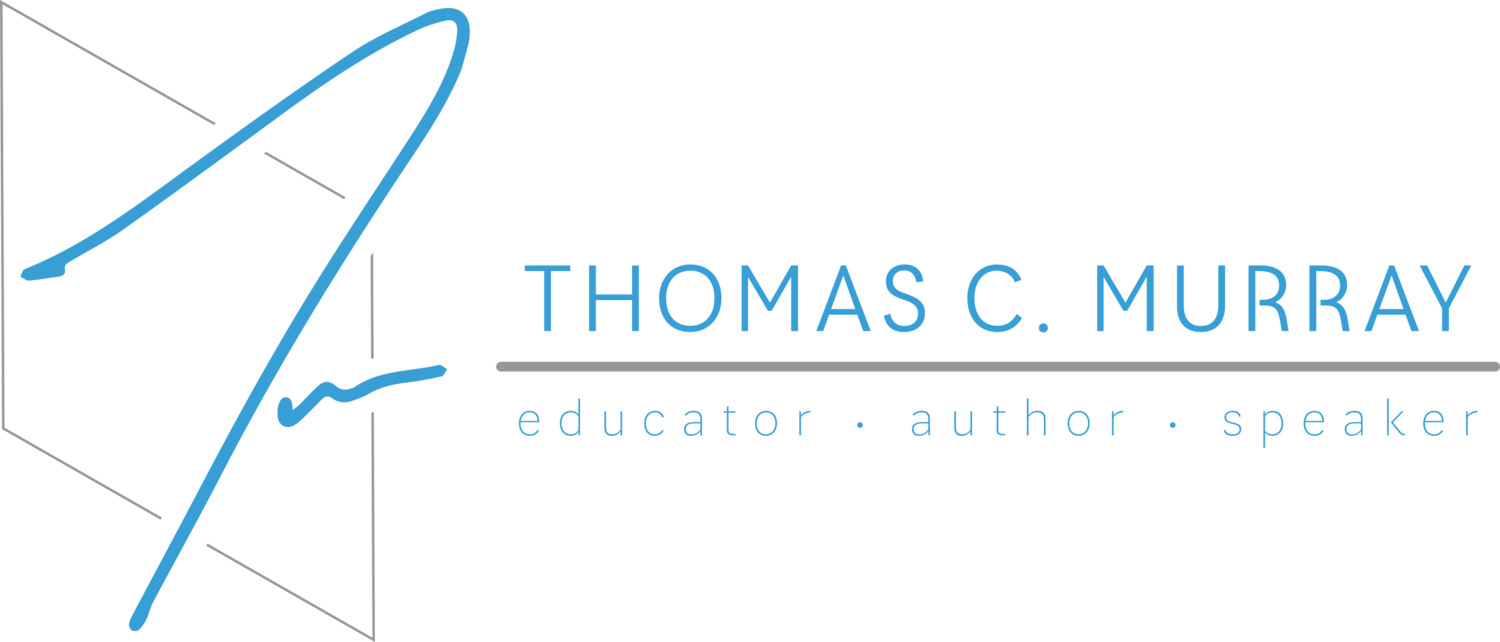Redefining FEAR
“Twenty years from now, you will be more disappointed by the things you didn’t do than by the ones you did. So throw off the bowlines, sail away from the safe harbor, catch the trade winds in your sails. Explore. Dream. Discover.” —Mark Twain
It is our fear of failure that can be the most paralyzing. It is that first step that is often the hardest. Without trust in oneself and the ability to overcome our fears, risk-taking may feel nearly impossible.
How do you define fear?
Credit: Zig Ziglar
Oprah Winfrey is known as one of the most successful entrepreneurs in the world. Over the course of her career, she has built a brand legacy from the ground up and launched a variety of philanthropic organizations to provide opportunities for others. In 2018, Winfrey was recognized as the only African-American woman on the Forbes billionaires list with a net worth of almost three billion dollars. Unlike others on the list, Winfrey has persevered through adversity to earn all that she has and has been forced to take risks along the way. Born into poverty in rural Mississippi to a teenaged single mother, she was later raised in Milwaukee, Wisconsin. Following a difficult upbringing, Winfrey was sent to live with the man she refers to as her father and left the inner-city to move to Tennessee, where she later would attend Tennessee State University on a scholarship.
By the age of nineteen, Winfrey entered the television industry and was working as the co-anchor for the local evening news. Yet in time, Winfrey was demoted from her job as a news anchor because she wasn’t “fit for television.” She persevered and worked at her craft. She gained confidence and then ultimately risked it all.
In the mid-1980s, Winfrey decided to put her financial security on the line by signing a deal to host her own television program. Later, The Oprah Winfrey Show would go on to become the highest-rated program of its kind, ever.
Whether in show business or in education, amazing new things don’t happen from places of comfort. Taking calculated risks is how big things happen. Calculated risk-taking requires both courage and competence as well as the ability to welcome the uncertainty that comes with the journey. This isn’t about being careless. It’s about intentionally stepping out of our comfort zones to make the unthinkable possible.
For learning to be personal and authentic, those involved must take risks throughout the process. If we as teachers expect our students to take risks, we must model the type of risk-taking we want to see. If administrators expect teachers to take risks, they must first model the way and nurture a learning culture where risk-taking will thrive.
Everything we are sure of, we once had to step out and learn. Many times, the things we dream possible are found on the other side of fear.
Our human nature drifts to the old, toward the things that are familiar to us. Our brains are wired to seek such comfort and familiarity. Yet, success won’t fall in your lap. It must be fearlessly pursued.
As educators, we must be willing to make mistakes. We must be willing to blur the boundaries of our comfort zone and model our personal and authentic path forward for our students. To develop the new and to spark the innovative, some type of cognitive disinhibition is necessary. When we take a risk and make a mistake, we often find ourselves being creative and thinking differently to alter where we are so we can get to where we want to be. At the intersection of these moments, new and better things can emerge.
It starts by taking one step. Then another. Then another. Once there, you begin to realize that there’s typically not a whole lot of traffic once you’ve gone the extra mile.
Great, otherwise unexpected, opportunities will often arise in risk-taking. Embracing such a mindset simultaneously helps you overcome a natural fear of failure and develop the confidence to help you thrive.
Our greatest hope has far more power than our biggest fear. The same can be said for the students we lead. For learning to be personal and authentic, we must create cultures of risk-taking for all learners big and small so we can overcome our fears and passionately pursue what our kids need.
Above is a portion of Personal & Authentic: Designing Learning Experiences that Impact a Lifetime. For a full compilation of free book study resources for Personal & Authentic (#AuthenticEDU), which includes study guide questions, videos, additional articles, and downloadables, visit the link below.


